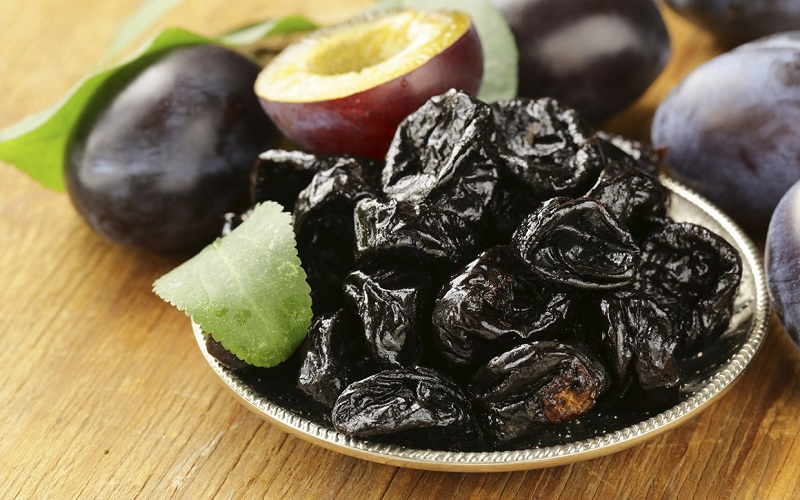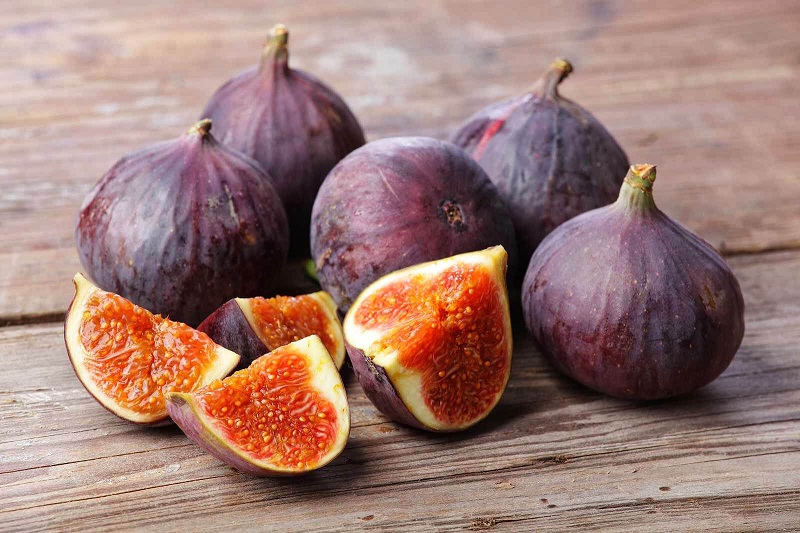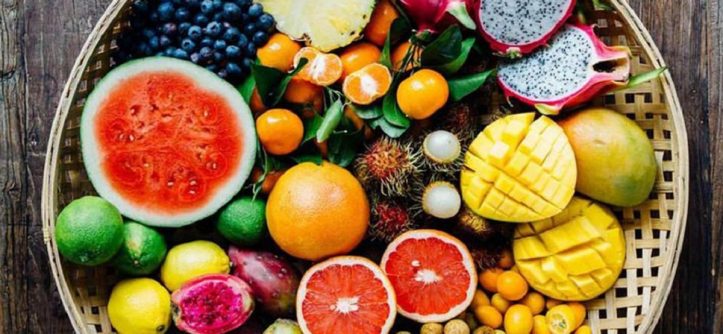Nature has given us all the possible amenities to keep ourselves healthy. Interestingly, our body responds according to the change in season say summer, spring, monsoon, autumn, and winter depending on particular weather patterns and daylight hours. It is important for us to know the seasonal fruit and vegetable to get accustomed to the climate. The food list may vary according to the hemisphere.
One of the reasons I appreciate the summer, even more, is surely the abundance of fruits that nature offers us this season and nature is very wise: it offers rich raw materials with excellent properties that help us compensate for the lack of minerals and vitamins to better cope with the climatic adversities of the season.
Have you noticed the dominant colors in greengrocers during the summer? Tonalities that go from yellow to red.
This means that they are rich in flavonoids (a term derived from the Latin flavus, meaning yellow), active ingredients that act in:
- Regulation of blood circulation
- Stimulation of kidney and liver functions (depurative activities)
- Protection against UV rays (they have antioxidant properties)
This is another excuse to eat seasonal fruit and take advantage of all its benefits.
However, for the fruits to guarantee all these properties, it is important that they be of quality, ecological, cultivated without the use of pesticides and possibly of proximity. In this way, they develop the active principles better and bring us great benefits.
Today I will talk about some seasonal fruit that is not only very tasty and refreshing but will surprise you with their properties.
Apricots (Prunus armeniaca L.)
It is a fruit native to the most temperate zones of Asia and Africa. It is highly appreciated for its flavor and texture and used in a wide variety of preparations in the food sector. This fruit acquires great importance also in phytotherapy, thanks to a series of properties, among which the one of intestinal regulator stands out thanks to the content in pectin, a neutral substance that in the presence of water forms a gel that facilitates the intestinal transit and protects the mucous membranes, acting as a mild laxative (also indicated for children). Apricot also contains vitamins A and C, minerals (potassium and magnesium) and flavonoids.
Check This Out: Is It Possible To Drink Water During Meals And After A Meal?
Prunes (Prunus domestica)
It is another fruit very typical of this season, perhaps best known for its laxative therapeutic properties. The plum is rich in fiber, vitamins of group A, B, and C and in mineral salts (iron, calcium, and potassium). You can take the fresh or dried fruit. To take advantage of the laxative effects of prunes, put 3 plums soaking in a glass of water overnight, in the morning eat the plums and then drink the water of maceration.
Cherries (Prunus avium L.)
Its bright red color and fresh flavor make the cherry one of the most attractive fruits at the beginning of summer. This small fruit is a true health concentrate thanks to a high content of vitamin C and folic acid, minerals (magnesium, phosphorus, potassium, and iron), and antioxidants (flavonoids and phenolic compounds). Cherries have diuretic properties and help regulate intestinal transit. In herbal medicine, the peduncles of the fruit are used, rich in potassium salts, salicylic derivatives, tannins, and flavonoids. The decoction of dried stems (30/50 gr boiled in 1L of water for 10 minutes) has cardiotonic, diuretic, febrifuge and analgesic properties.
Figs (Ficus carica L.)
This plant, originally from Asia Minor, was introduced in Europe more than 4000 years ago and is now very common benefits eat fruit season, seasonal fruit, fig, dried figs in Mediterranean countries. Traditional herbal medicine includes the use of fruits (fresh and dried), rich in sugars, minerals (calcium, iron, magnesium, and bromine), vitamins of group A, B, C and D, and abundant mucilage (in the seeds). The fruit consumed fresh or dried, or used for decoctions, is indicated in case of constipation, respiratory tract diseases high, irritations and inflammations of the digestive system (gastritis, colitis, stomatitis, pharyngitis, abscesses, gingivitis, etc.). The latex of the leaves and the green fruits, irritating to the skin, can be applied topically to warts, protecting the surrounding area with Vaseline to prevent reactions.
Pineapple (Ananas comosus L.)
It is a rich fruit of beneficial components for our organism. It contains proteolytic enzymes (which improve the metabolism of proteins), citric and malic acid, vitamins (A, B and C), carotenoids. The main active ingredient, bromelain, promotes digestion, is effective in the treatment of post-operative and post-traumatic edemas, and in sinusitis. In external use, it is indicated for wound cleaning.
The heart of the fruit is rich in fiber and is a supplement widely used in weight loss diets for its satiating effects. In the trade is also heart powder and dry extract.
In general, these fruits are a source of vitamins, mineral salts, and flavonoids that help us to remineralize and protect us from climatic aggressions (wind, sun, heat). They are very striking for their colors and can be easily used for irresistible decorations and recipes.
Keep Reading: http://newark67.com/2017/03/20/orange-juice-for-breakfast/
In my ideal summer breakfast, there are plenty of figs 🙂
What is your favorite seasonal fruit?
Tags: Apricots, Cherries, Figs, Nature, Pineapple, Prunes, seasonal fruit




Leave a Reply